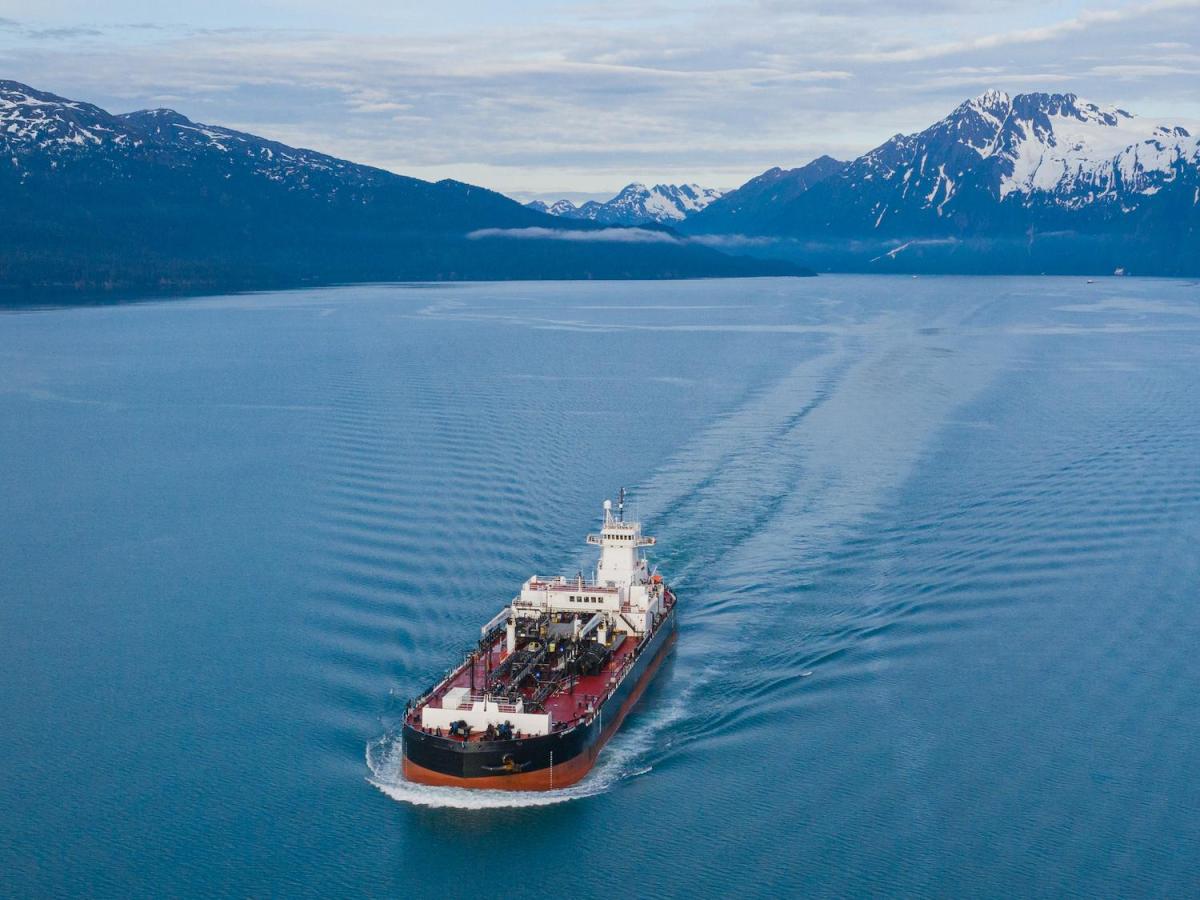Decarbonizing the Maritime Industry

In 2018, countries within the International Maritime Organization — the U.N. agency that regulates global shipping — pledged to reduce the carbon emissions of the global maritime industry by at least 50 percent by 2050. Member nations agreed to begin phasing out emissions in line with the Paris Agreement and the global push to cap temperature rise at 1.5 degrees Celsius above pre-industrial levels by the end of this century.
So, how do we get it done? In this series sponsored by Crowley, we’ll unpack some of the existing strategies and technologies that are helping stakeholders in the sector to reduce emissions and speak with experts about what’s next for the industry.

